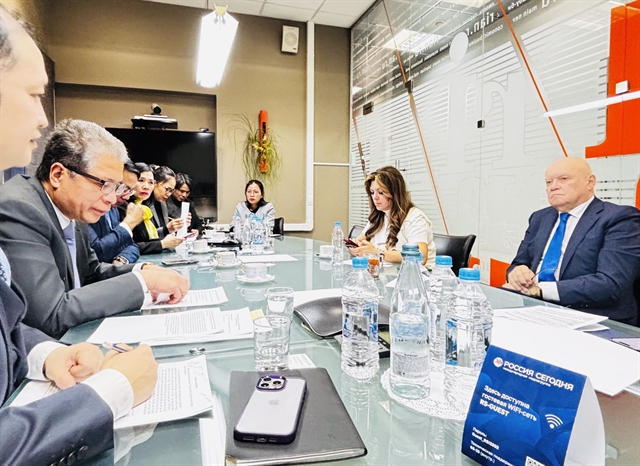 Opinion
Opinion

Nguyễn Chỉ Sáng, director general of the National Research Institute of Mechanical Engineering, speaks to Thời báo Kinh tế Việt Nam (Việt Nam Economic Times) about the need for workable policies
 |
Nguyễn Chỉ Sáng, director general of the National Research Institute of Mechanical Engineering, speaks to Thời báo Kinh tế Việt Nam (Việt Nam Economic Times) about the need for workable policies
How do you assess our industrial development, particularly in engineering?
Looking back at the development of our industrial sector, I’m sorry to say that its development level remains low, including that of the engineering industry.
Our industrial development is beset by many limitations and inadequacies. Its growth and quality are unstable. Though the Party and Government have issued many policies and mechanisms to encourage development, their effectiveness is very limited. Why? In my opinion, there is a lack of consistency in the policies developed by Government agencies coupled with poor implementation by agencies and their officers. These are the main things preventing our industry from achieving its goals.
What should be done to improve our national industry policies?
Many foreign and Vietnamese experts agree that Việt Nam has many advantages, such as human resources and a golden population structure. However, in my opinion, a key factor for success is whether Việt Nam can master its own market or not. And in the forest of markets, at which one is Việt Nam aiming? I’m confident that if we have good answers, Việt Nam will benefit. Let me give two examples from Viettel Telecom Corporation and Hòa Phát Steel Corporation.
Thanks to the analysis of their clients, Viettel Telecom has offered various packages to cater for the different need of each group of clients. Such a policy has become a key factor in the corporation’s profit growth.
Thanks to its good market analysis, Hòa Phát has also gained a foothold on the world market and become a strong competitor in the internal steel market.
How about the localisation rate of the industrial sector?
Let me give you a few examples to help you understand the true context of localisation.
To build a thermo power plant, we need investment of more than $1 billion, or a cement plant will cost us several hundred million US dollars.
According to our plan, from now till 2030 we’ll build the thermo power plants with a total capacity of about 60 billion MW, at an estimated equipment cost of about US$70 billion. However, through market analysis, we know that equipment worth US$20-25 billion can be manufactured domestically. Domestic protection will benefit all Vietnamese enterprises as they become suppliers for the thermo power plant. In other words, if we successfully create a supply chain in our own country, sure Vietnamese enterprises will acquire capacities to become international suppliers.
How can Vietnamese corporations become international suppliers?
In my opinion, to make our industry competitive internationally, we have to know our industry’s advantages on the international market.
If we want to join the international market, we need good policies from the Government and investors, as well as correct assessments of the contractors’ requirements.
It is unavoidable that in pioneering projects, investors will have to bear some losses due to Vietnamese contractors’ inexperience. But I’m sure that from the second project on, Vietnamese contractors will gain experience and their performance will improve, and they will offer lower prices and be the winners in the next bid._VNS




